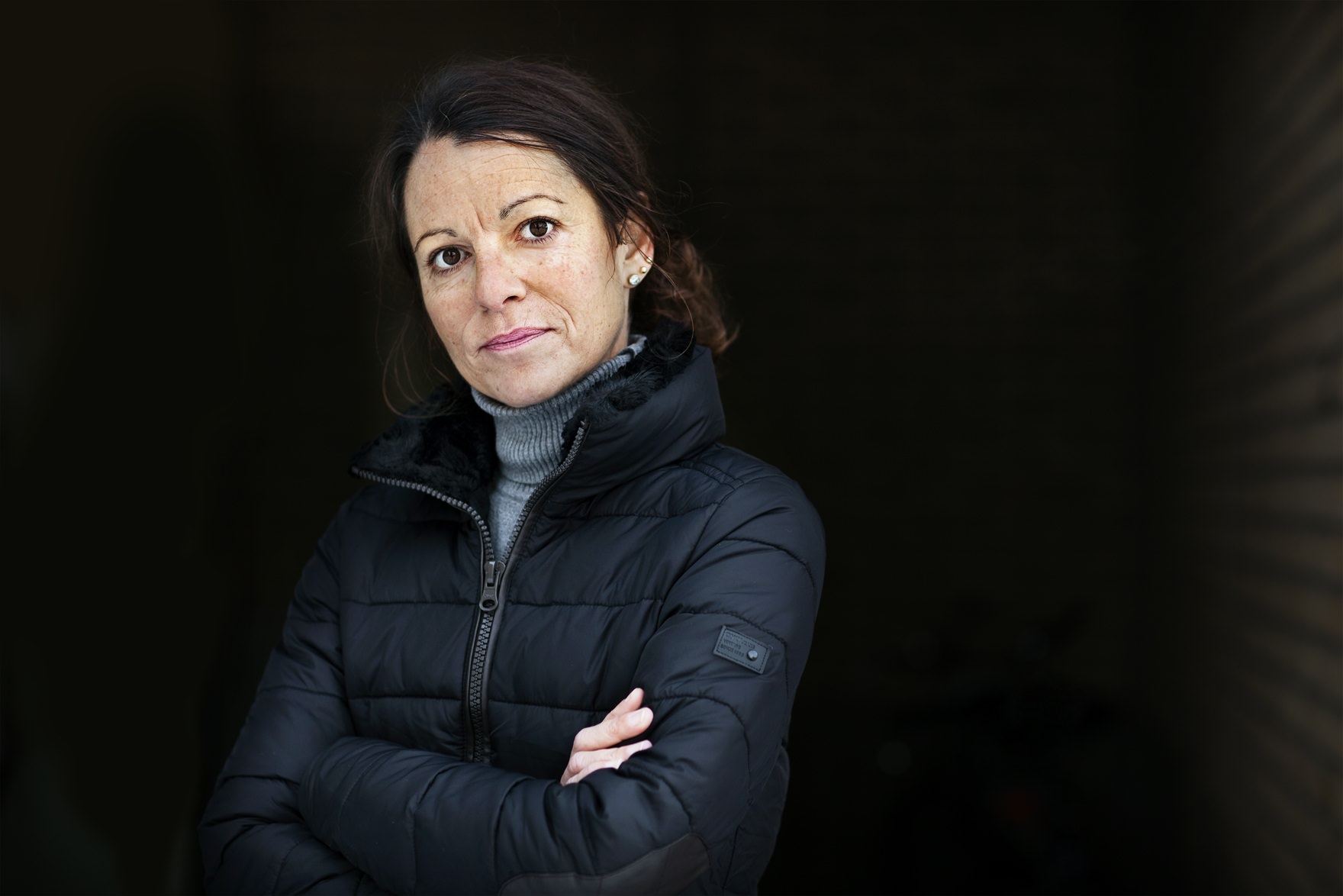Often in the United States, other countries are held up as examples of places that have more friendly work environments for women. Sweden is one such country. Pernilla Wittung-Stafshede, Chalmers University of Technology and a member of the Biophysical Society’s Committee for Professional Opportunities for Women, having worked in both countries, believes hat Sweden’s reputation may not be all it’s cracked up to be. Here she provides a personal look at gender bias in Sweden’s scientific community.

Sweden is considered one of the most gender-equal countries in the world. We have the longest paid parental leave in the world (16 months), and at least three of these months must be taken out by the dad. Sweden has free daycare, schools (including university), and afterschool programs. Swedes are very liberal in terms of household duties: men and women share a lot of responsibilities, and there are no stay-at-home moms. Based on this culture, I expected no gender problems in Swedish academia when I returned to a full professor position in Sweden after 10 years as faculty in the United States.
I was mistaken. A female researcher still encounters gender biases in Sweden. How many men have been suggestively approached by a senior colleague? How many men have gotten teaching evaluations with comments on being “hot” or on their choice of clothes? How many men have been mistaken for a secretary when they were really the chair of a meeting?
I have experienced these types of situations too many times. I once got a call from a senior male professor asking me to be on a prestigious Swedish committee. Although I was honored at first, I felt humiliated upon learning that I had been picked from a women-only list after no women were found among a separate list of top scientists. Despite my feelings I accepted, as I felt it important to serve. When I recently discussed why so few women choose our university with a senior male colleague, notably a high-up leader, told me he knew why; it was because the university had poor lighting in bathrooms for fixing make-up. I was flabbergasted. While examples like these seem incidental individually, when accumulated, they undermine the self-confidence of women in academia. If I, as a female professor, speak out, I am considered aggressive but if I am quiet, I am invisible.
The problem is not just limited to subjective anecdotes. There are numerous studies with hard scientific data revealing the presence of gender bias. Wold and Wennerås were pioneers when they showed in 1997 that women applicants had to have significantly stronger merits than men to get the same scores from the Swedish Medical Research Council (Nature, 1997, 387, 341-3). In a randomized double-blind study, two sets of identical application materials, with the only difference that half had a male name and the other half a female name, were sent out to over 100 faculty at research universities in the US and presented as a student applying for a lab manager position. Results found that the female applicants were rated significantly lower than the males in competence, hire-ability, and whether the faculty would be willing to mentor the student (PNAS, 2012; 109, 16474-9.). As other examples, an analysis of over 800 recommendation letters from US chemistry and biochemistry faculty demonstrated that more standout adjectives and ability words were used to describe male as compared to female candidates (Sex roles. 2007; 57, 509-514) and, upon large-scale international analysis of over eight million scientific papers, it was found that men predominate in the prestigious first and last author positions (PLoS One, 2013, 8, e66212).
Still, many (male) scientists in Sweden think we have solved the gender problem in Swedish academia because of the introduction of three initiatives. (a) Most Swedish granting agencies have assured that approved grants to women match the fraction of women that apply (however, studies have shown that the bold language in grant calls often restrict women from applying), (b) several universities have special grants for women (which unfortunately makes some men think women get promoted because of special treatment and not skills), and (c) we nowadays request a woman on every committee (which means women are over-committed and have less time for research than men).
However, when one combines female scientists’ personal accounts of biased incidents with numerical facts the conclusion is challenged. In the 2015 grant application cycle, only 19 % of the Swedish Research Council project grants were awarded to women, and only just above 20% of all university professors are women today (spread is 11-30% among Sweden’s 11 universities). In terms of the top four Swedish research awards, female winners during the last few decades constituted only 3, 9, 11, and 13 %, respectively, with no positive trend. In contrast to my initial naïve assumption, benefits such as paid maternity leave and free childcare, while helpful, do not solve the gender gap in academia.
To combat unconscious gender biases in academia (in Sweden and elsewhere), we must all, including university leaders and department heads, first become aware and educated on the topic. Next, we have to (1) assure that hiring and promotion processes are not biased towards men, (2) nominate more women for awards and high-rank positions, (3) include more women in leadership boards at university and funding agencies/foundations, (4) mentor and support young female faculty, (5) make sure women’s and men’s opinions have the same influence in strategic discussions, and (6) appreciate the societal value of reaching gender equality in academia.
To make Sweden’s deceptive reputation genuine, there must be action now.
Further reading:
C Seierstad, G Healy
Women’s equality in the Scandinavian academy: a distant dream?
Work, Employment & Society, 2012 26: 296-313
*The author also submitted this article to www.stemwomen.net